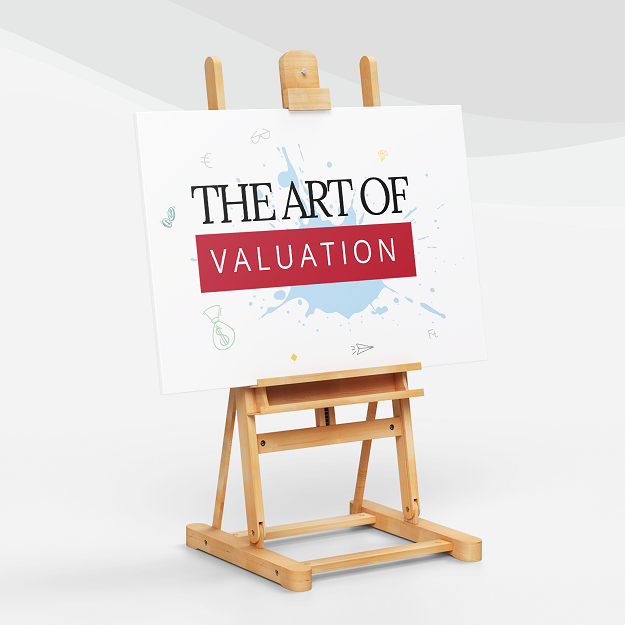It has been said that a business valuation is an art form, or at the very least that it owes more to art than science. It’s interesting to think of it in those terms, as doing so highlights the sometimes highly subjective process that goes into coming up with that most objective of things – a number.
The process can be particularly arcane when it comes to settling on a valuation for a startup when founders will understandably want that number to be as large as possible, whereas VCs will bring their own version of the “art of valuation” to the table and may well come up with a different number for that same business.
While it remains somewhat imprecise and a subjective process, there are several indicators that founders and VCs will look to as they seek to come up with and justify their respective valuations. And lest it needs to be said, when there is a difference between the founders’ number and the VC number, the VC is unlikely to be “persuaded” to see things the founders’ way. If a potential investor thinks a startup is valued at figure X, then to all intents and purposes that becomes the valuation, unless the founders believe they can do better elsewhere.
The art of valuation

So, what do VCs look at when they are engaged in the “art of valuation”?
Among the factors considered are:
A sluggish market will drag the value down, but the opposite is also true:
One of the first things VCs look at when considering an investment is the health or otherwise of the market in that sector. Simply put, if a company is operating in a space that offers sluggish returns, then that will impact negatively on the valuation they place on the business unless they believe that whatever the company is looking to do will transform the market for the better. Of course, this same general point works in the opposite way too. If a startup is launching in a booming sector, then that will likely see a higher valuation placed on the business.
A management team with know-how and a good track record is always positive:
Few things inspire confidence like a management team that has already succeeded in the past. Investors will always want to know who is running the company. If those names have a proven track record, then that will be a major positive. Unfamiliar names or names without that pedigree won’t offer as much reassurance. In a given company, a relatively unknown management team might prove to be incredibly talented, but until you have a proven track record, in that scenario you are asking investors to back you on faith, which is less than ideal.
If your market is crowded, you need to stand out:
VCs won’t just look at a business in isolation, they will examine it in the context of what competitors do. If the marketplace is crowded, then the founders need to be offering something sufficiently different as to stand out and for that something to seem attractive enough to appear viable. The flip side is if a company comes up with a perfectly good product or service, but it’s similar to what’s already out there in a crowded field, then it will appear less valuable to VCs.
Likely exit size will impact on investment:
An investor will have the desired return on investment in mind at the outset. They will consider all the points mentioned above and more in assessing the likely exit value at the end of the investment, with this then used as a reference point to work back and assess what level of investment initially and throughout the life of the investment would be necessary to achieve the desired return. Again, this is not a precise science, but VCs have ways and means of coming up with educated ballpark figures. For example, they will look at recent mergers and acquisitions in that sector and also at the current valuation of similar companies at different points in their development.
VCs will look at a range of different factors when deciding on the valuation of a company they are considering investing in. Their valuation may not match that of the founders, but the number they come up with will be the result of a detailed process. As noted, it cannot be a strictly scientific process, so different VCs might not come up with an identical figure for the same company, but it is unlikely that those figures would be far apart.
Please Note: This publication contains general information only and J.P. Morgan Workplace Solutions is not, through this article, issuing any advice, be it legal, financial, tax-related, business-related, professional or other. J.P. Morgan Workplace Solutions’ Insights is not a substitute for professional advice and should not be used as such. J.P. Morgan Workplace Solutions does not assume any liability for reliance on the information provided herein.



